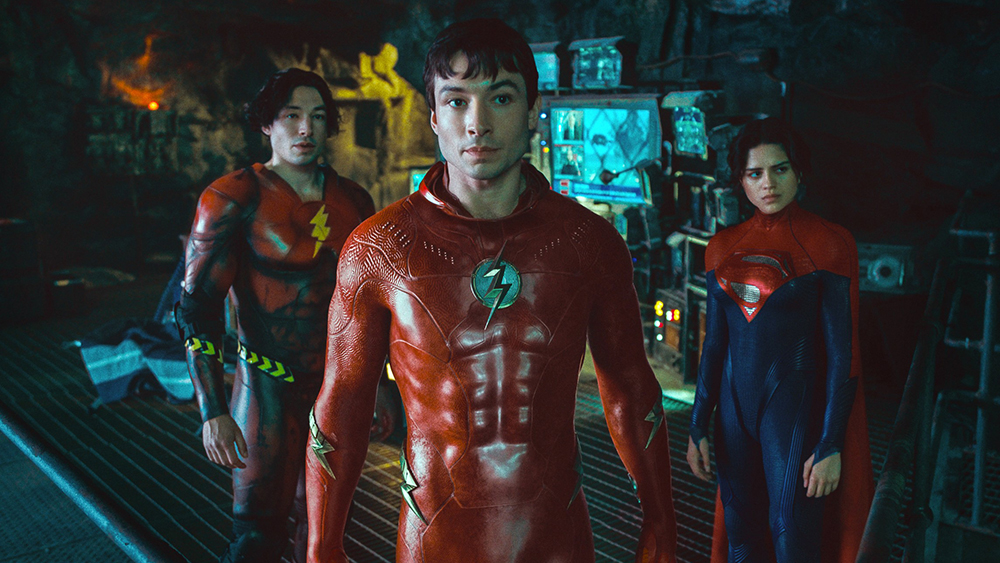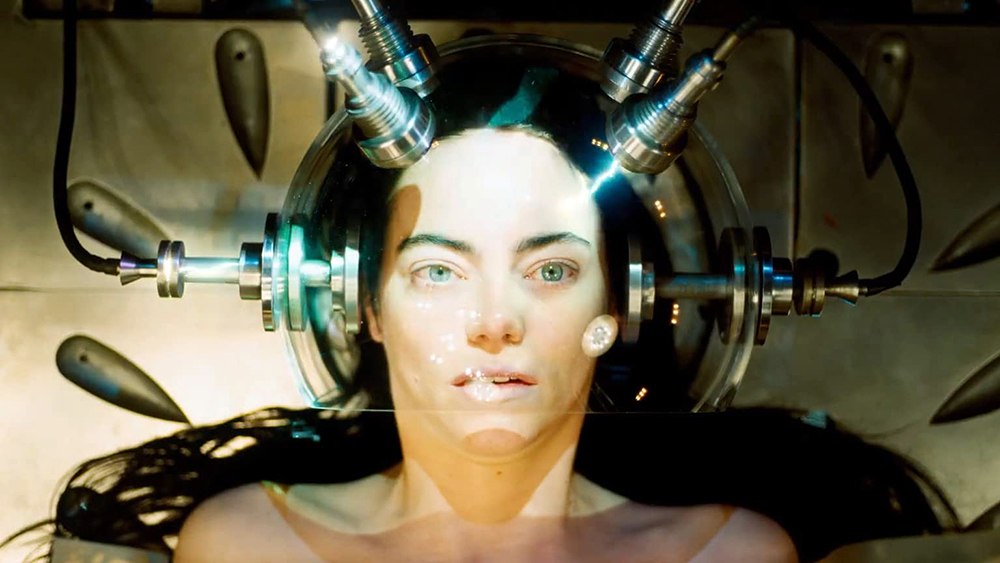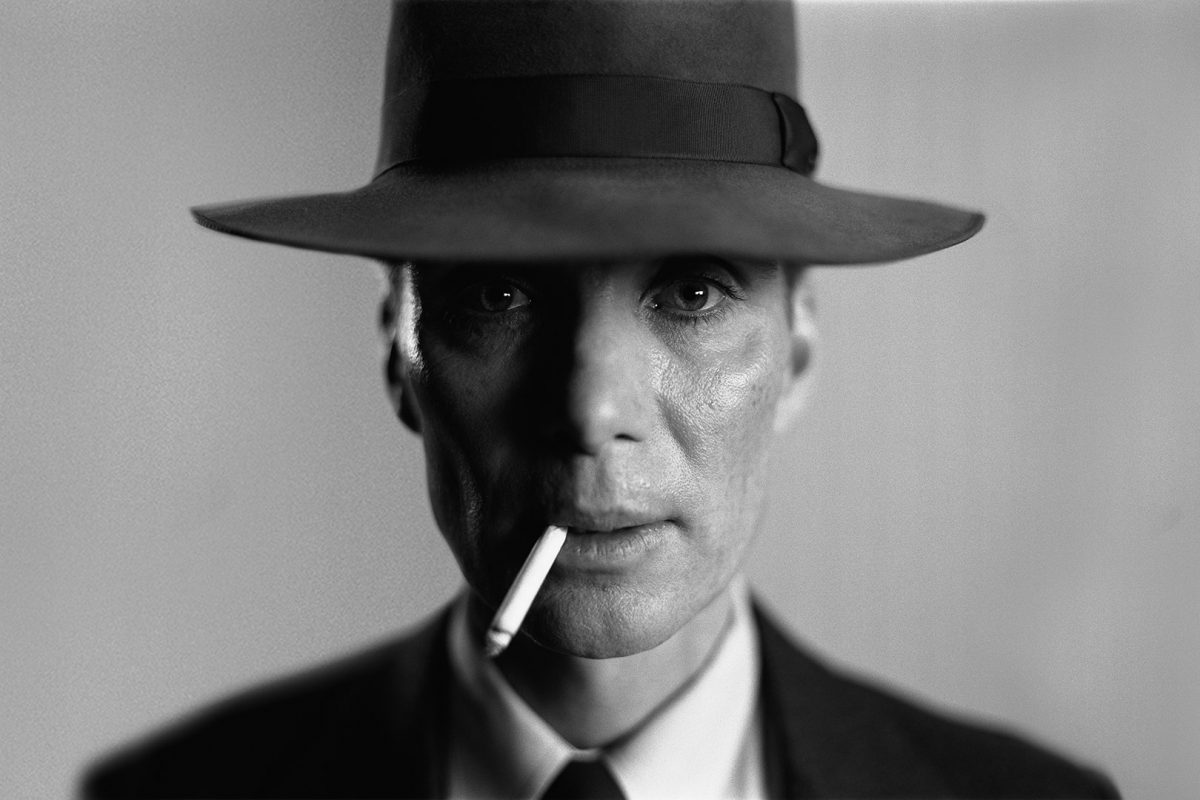The movie business was in chaos in 2023, but the art of cinema was triumphant. Audiences rejected expensive corporate blandness in favor of films that took chances and spoke from the heart. But before we get to the best of the year, let’s talk about the other end of the spectrum.

Worst Picture: The Flash
2023 was the year the superhero bubble finally burst. Warner Bros. scrapped Batgirl to bet the farm on walking PR disaster Ezra Miller. They lost $200 million on what is easily the worst film of the decade so far.

Best Performance by a Nonhuman: Godzilla
It was looking like Cocaine Bear’s year until the King of Monsters dropped an all-timer. The big guy dazzled in Godzilla Minus One by getting back to his roots — punishing mankind’s hubris with cleansing atomic fire.

Best Original Screenplay/Best Ensemble: (double tie) May December, Past Lives
Todd Haynes and Celine Song both constructed delicate hothouse dramedies around a core of three fantastic actors. In Haynes’ May December, Natalie Portman is an actor researching a juicy role who discovers her subjects, played by Julianne Moore and Charles Melton, can’t be reduced to two dimensions. In Song’s Past Lives, Greta Lee and Teo Yoo are childhood sweethearts in China separated when one family immigrates to America, and John Magaro is the husband caught in the middle when they reunite 24 years later. Both stories are told with remarkable economy, and perfect performances.

Best Comedy: Bottoms
College friends Emma Seligman, Rachel Sennott, and Ayo Edebiri teamed up for this wicked high school satire about a pair of loser lesbians who start an after-school fight club to get laid. The young cast is razor sharp, and it features the year’s most unexpected comedic performance by NFL legend Marshawn Lynch.

Biggest Bomb: Oppenheimer
We’re not talking box office — Christopher Nolan’s three-hour experimental film about a nuclear physicist who loves Hindu literature made $954,000,000 — we’re talking actual explosive devices. The Barbenheimer phenomenon proved that audiences are hungry for something different and are smarter than studio execs give them credit for.

MVP: Nicolas Cage
Cage has frequently been the best part of uneven films. In 2023, he was an uncanny Dracula in the otherwise forgettable Renfield and a reluctant psychic celebrity in Dream Scenario. The man’s a national treasure.

Best Animated Film: Spider-Man: Across the Spider-Verse
An astonishing visual achievement requiring a record 1,000 animators, the film escaped the superhero doldrums with a witty script and the best cliffhanger in recent memory.

Best Performance: Emma Stone, Poor Things
The Best Actress category at the Academy Awards is going to be awfully competitive. My favorite was Emma Stone as a creature with the body of a grown-up and the brain of an infant. Her progression from peeing on the floor to discussing philosophy in the salons of Europe is as technically challenging as it is emotionally compelling.

Best Director: Greta Gerwig, Barbie
Directors wear many hats, and none wore them better than Gerwig, the first woman to ever helm a billion-dollar picture. Balancing the satirical edge of Barbie with pathos and empathy while also staging sweeping musical numbers and recreating the opening scene of 2001: A Space Odyssey is a rare feat. How did she get all that stuff past the studio?

Best Picture: Killers of the Flower Moon
In an extraordinarily good year for cinema, Martin Scorsese’s epic of love and betrayal among the Osage stood above the rest. What started as a story about the birth of the FBI opened into an examination of the soul of America. At the center of this maelstrom of greed and exploitation is an unlikely love story between Leonardo DiCaprio’s thick-headed bushwhacker and the extraordinarily coy Lily Gladstone as the wealthy Native American woman his Machiavellian uncle, played by Robert DeNiro, has marked for death. Scorsese switches genres at will, going from romance to Western to howcatchem to courtroom drama, and nailing every beat. Along the way there are several deeply committed performances by Native American actors, and stunning cinematography which shows the 81-year-old Scorsese is still eager to experiment.




